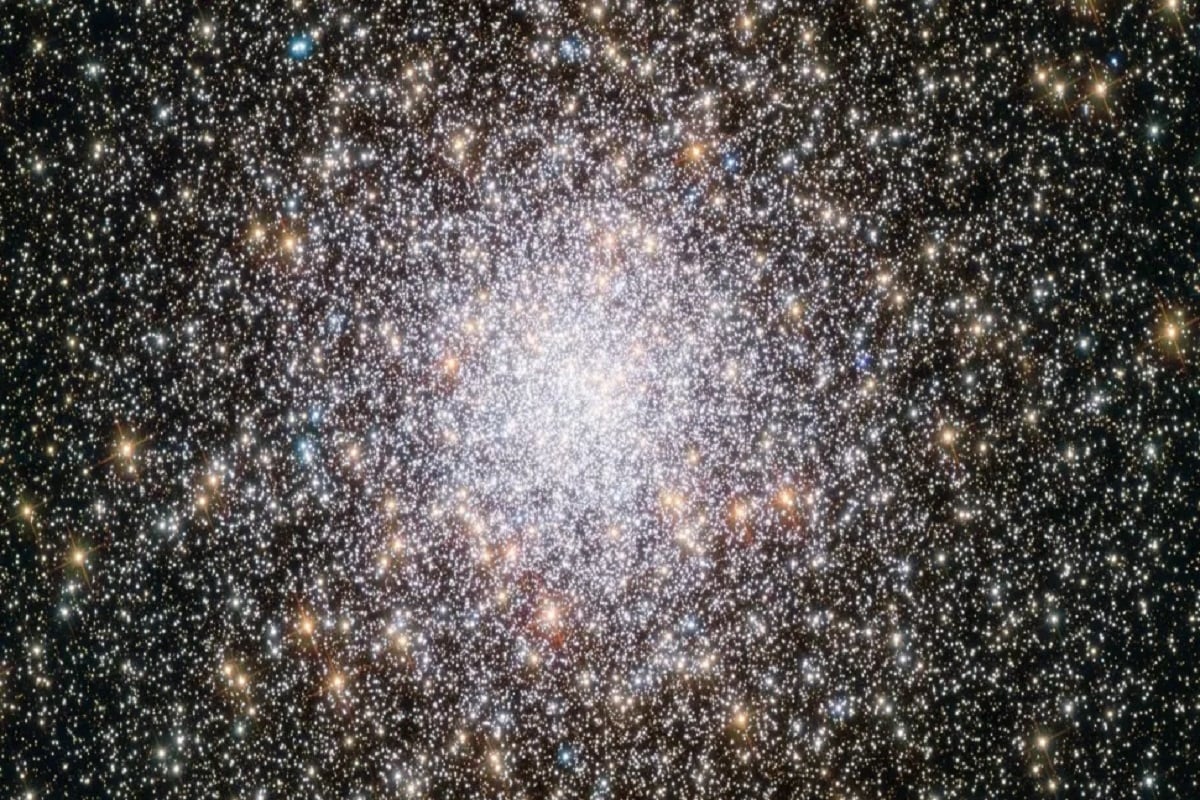The James Webb Space Telescope, known as JWST, has made a remarkable discovery about the early universe. It has detected chemical evidence that indicates the existence of massive stars called supermassive stars. These celestial giants are up to 10,000 times the mass of our Sun. It may have emerged exactly 440 million years after the Big Bang. The findings, published May 5 in the journal Astronomy and Astrophysics, provide insights into the origin of the universe’s heavy elements.

Corinne Charbonnel, professor of astronomy at the University of Geneva in Switzerland and lead author of the study, expressed her views on the discovery. He said data collected by the James Webb Space Telescope provided the first clues to the presence of this extraordinary star.
Researchers detected chemical signatures of supermassive stars within globular clusters. These clusters are believed to be among the oldest structures in the universe. Astronomers are gaining insight into the early stages of our universe. The Milky Way Galaxy consists of about 180 globular clusters, which act as portals through time.
The scientists found that some of the stars in this cluster exhibited significant variations in the proportions of elements such as oxygen, nitrogen, sodium and aluminum. The star formed from a cloud of gas and dust about 13.4 billion years ago. The researchers suggest that this diversity of elements can be attributed to the presence of supermassive stars.
However, the detection of these ancient supermassive stars has proven to be challenging. They are 5,000 to 10,000 times larger than our Sun and can burn at temperatures of 135 million degrees Fahrenheit (75 million degrees Celsius). Burns out relatively quickly due to their large size, brightness and heat. Marc Giles, professor of astrophysics at the University of Barcelona and co-author of the study, explained that globular clusters are 10 to 13 billion years old, while supermassive stars have a maximum lifetime of only two million years.
